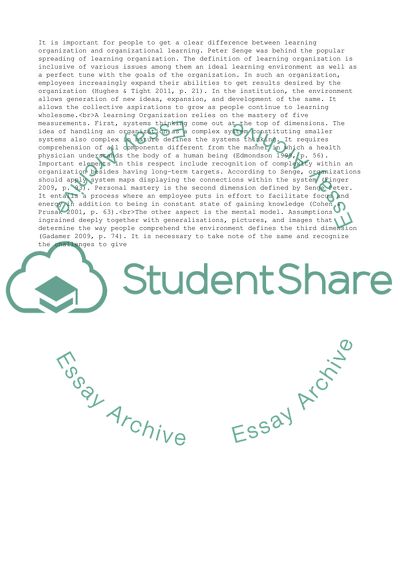Cite this document
(“Designing and managing Essay Example | Topics and Well Written Essays - 1000 words - 1”, n.d.)
Retrieved from https://studentshare.org/management/1672964-designing-and-managing
Retrieved from https://studentshare.org/management/1672964-designing-and-managing
(Designing and Managing Essay Example | Topics and Well Written Essays - 1000 Words - 1)
https://studentshare.org/management/1672964-designing-and-managing.
https://studentshare.org/management/1672964-designing-and-managing.
“Designing and Managing Essay Example | Topics and Well Written Essays - 1000 Words - 1”, n.d. https://studentshare.org/management/1672964-designing-and-managing.


